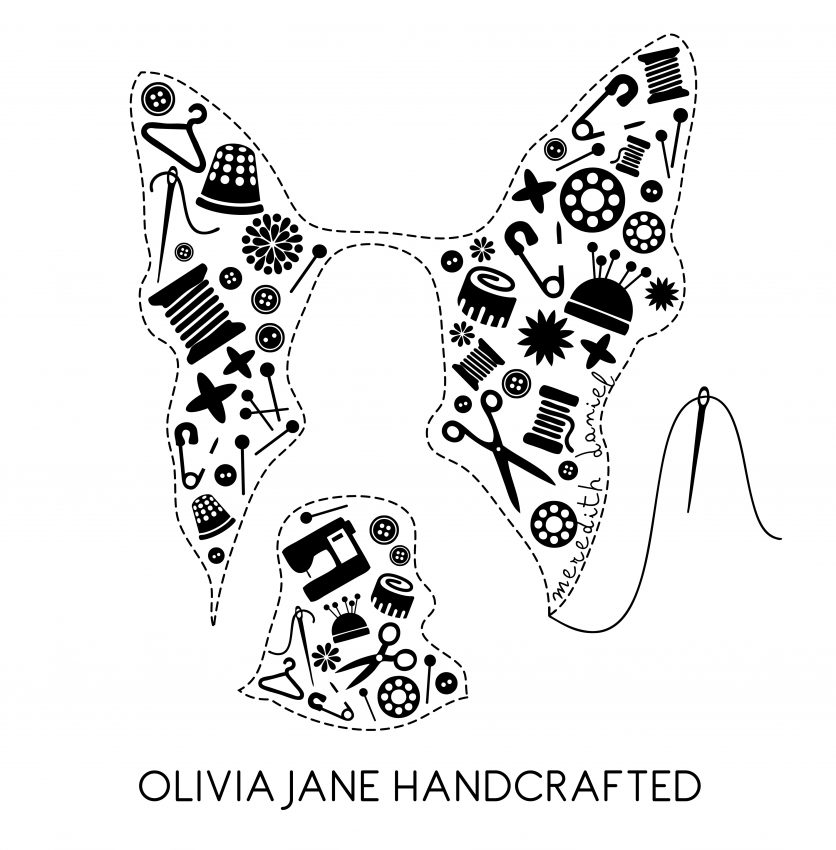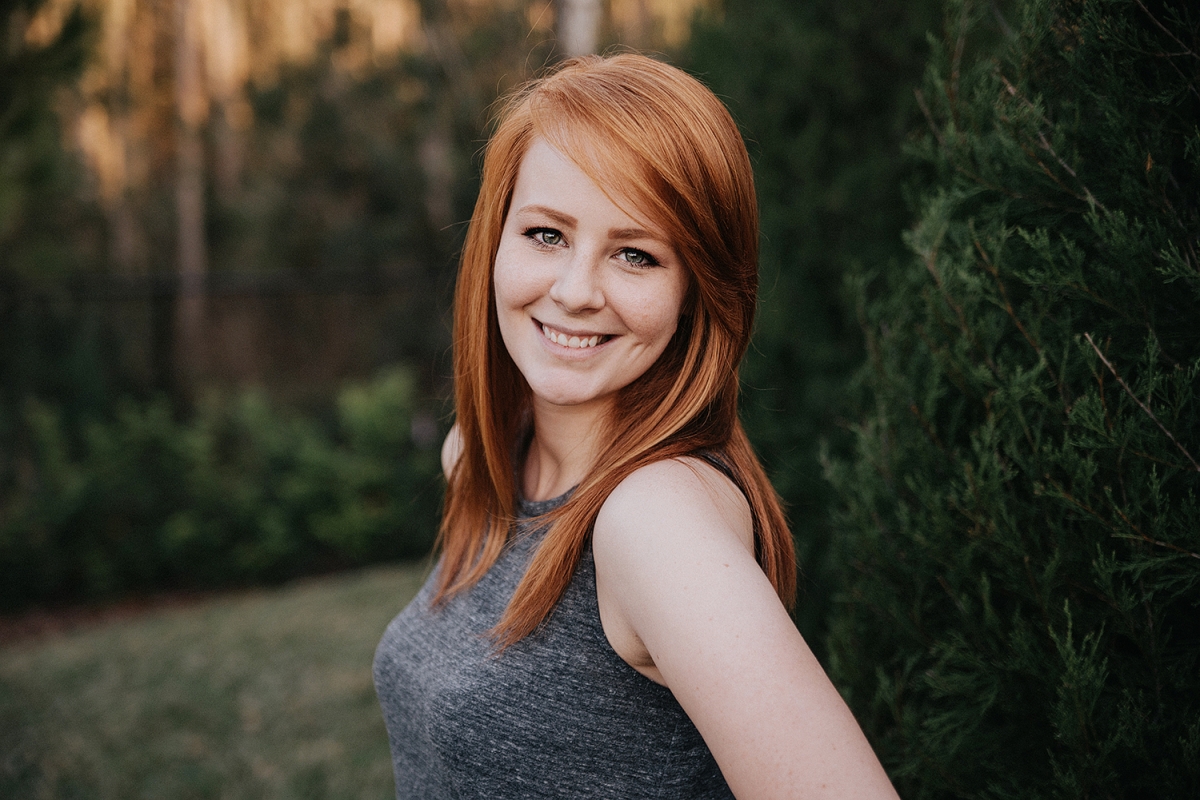Ready for a binding tutorial? I’ve gotten lots of requests for a straight grain binding tutorial. This one gets your picture perfect, crisp corners, professional results every single time. Its the essential skill for finishing quilts, and you’ll want to add it to your repertoire! This method showcases straight grain binding, which is perfect for most every quilt with the exception of those with curved edges. You will be shocked at how simple it is, and it is so worth every second!
.jpg)
.jpg)
After you have finished quilting and squared up your quilt (trimmed it down so that your edges are even), you will need to determine just how much fabric you will need for binding. To calculate what you need, simply determine the perimeter of your quilt, and divide by 42″. My quilt is 40″ x 48″, and I know I cut my binding strips at 2.5″. If I were using standard 44″ fabric, I’ll account for the selvages and only count 42″. So the perimeter of my quilt is (40×2)+(48×2)=176″. I divide 176/42=4.1 and I’ll want to cut a little extra so I’ll cut 4.5 2.5″x42″ strips, so I’ll need (4.5×2.5=11.25) 1/2 yard for the binding. The fabric I chose for binding is actually 60″ so I cut four strips. Okay. I promise that’s it for math. If you’ve stuck with me to this point, I promise you can finish this to the end with a gorgeously clean result.
.jpg)
So once you’ve cut your strips, you’re going to need to sew them together. You’ll want to place them right sides together, and orient the short ends to be perpendicular so that you can sew a 45° seam by sewing from corner to corner. It would be easier to sew them with a straight seam, but that would cause too much bulk when you attached it to the quilt. I promise this will make sense later.
.jpg)
After you have sewn your strips together to make one long strip (don’t attach the two ends to make a circle!), trim those triangles off so that you leave about a 1/4″ seam. You’ll press those seams open.
.jpg)
Fold your big, long strip in half lengthwise and press it.
.jpg)
Now you’re going to attach the side with the raw edges to the raw edges of the front side of your quilt. Leaving a generous 8″ tail, begin around the center of one the sides of your quilt, and using a 1/4″ seam and beginning with an backstitch, sew the binding to the edge of your quilt.
.jpg)
When you approach your corner, stop 1/4″ before the corner, raise your needle. You will now fold the binding up, and then down the adjacent edge of your quilt. This will form a triangle on the binding. Begin stitching the next side from the top edge, and continue in this manner along the sides and corners until you are about 8″ away from your beginning seam.
.jpg)
.jpg)
.jpg)
When you are about that far away, backstitch and remove your quilt from the machine.
.jpg)
Now we need to trim the excess binding and attach the strips so that they become one. To do this, trim a couple of inches off the beginning piece of binding.
.jpg)
We’re going to use what you just trimmed off as a guide for where to cut the end binding. Overlap the beginning and end pieces, and open up the piece you trimmed off.
.jpg)
.jpg)
Using that as a guide, trim the end piece so that it is overlapping your beginning piece 2.5″ (the width of your trimmed piece). Then trim off another 1/8″ for good measure. When I was taught, the lady told me to give it a haircut. :)
.jpg)
Okay. Now your ready to attach the ends. We’re going to do this the same way we attached the pieces to begin with with a 45° seam, but its just a little trickier since its attached to the quilt. But you can do it!!! Keep going.
.jpg)
Attach the ends so that they lay perpendicular. Its a great idea to keep them intact with pins while you sew. Once your seam is sewn, trim it down to 1/4″ and press open. Then fold the binding in half (it will naturally want to do this), and stitch the binding to the quilt the rest of the way.
Now this next step is not necessary, but I’m mentioning because I almost always do it. I love to think my quilts will last forever, and in the name of preservation I will stitch all the way around the edges of the quilt with an overlock stitch to ensure there is never any fraying. Again, not necessary, but you may want to do this on the extra special quilts you’ve poured your heart into, or those that you’ve made with more delicate fabrics like double gauze or linen (because it tends to fray like crazy).
.jpg)
So now you are ready to begin hand stitching the binding to the backside of the quilt. Before you start, its a good idea to trim the corners of the quilt. Trim only the quilt, and not the binding or the stitching! This will help your corners to be perfect and flat. Okay, so you’ll need a sharp needle with a small eye. My local quilt shop carries some called “straw needles” that I always use for this purpose. Thread your needle and tie a hefty knot at one end. You’ll want to use a thread that matches your binding, not the backing.
.jpg)
Fold the binding over to the back of the quilt, and beginning at somewhere other than a corner, pin down the edge in a single spot. Insert your needle through the backing of your quilt and up through the binding just to the left of your pin.
.jpg)
Now insert your needle into the backing just below where it came out of the binding. Going toward the left (if you are right handed – the right if you are left handed), penetrate the backing and batting, but not the front of your quilt, and bring your needle out and through the binding about 1/4″ away. Continue to do this (its called a slip stitch or blind stitch) until you reach the corner.
.jpg)
Notice how you can’t see your stitches and the binding has been attached invisibly?
.jpg)
Once you reach the corner, sew all the way to the edge of the quilt, and then fold down that angled corner. Insert your needle up through the binding at the bottom of the corner, then insert it back into the binding and up to almost the top of the corner. .jpg) You’re going to blindstitch that corner down in the same manner that you’ve been stitching the binding to the quilt. This helps your corners to stay intact and crisp.
You’re going to blindstitch that corner down in the same manner that you’ve been stitching the binding to the quilt. This helps your corners to stay intact and crisp.
.jpg)
After the corner is sewn down, keep on stitching until you’ve made it around the quilt. Once you’ve done several stitches, your hands pick up the rhythm, and it becomes a relaxing task. Keep on practicing, and you’ll be speeding through hand binding.
.jpg)
.jpg)
This method of binding is what was taught to me when I started out. The woman who was gracious enough to teach me asked me, “well do you want to learn the quick way, or do you want to learn the right way?” Without hesitation, I answered, “the right way!” because I know how much time goes into making a quilt, and I don’t want to ruin its appearance with a quick finish. If its worth making, its worth doing it well to the very end.
There are many ways to bind up a quilt. The popular thing to do these days is to finish it on your machine. There’s not a thing wrong with that, but my method is the one I demonstrated to you today because I’m all about taking things slow, cutting carefully, measuring twice, and making sure everything is done right. I encourage you to give it a go, and I don’t doubt for a minute that you will love your clean, perfect, seamless finish on that quilt you’ve poured so much love and time into.
I hope this has been helpful. If you have any questions, please feel free to ask in the comments section, and I will do my best to answer!
Happy crafting!
-Meredith

.png)

Thanks for this tutorial. I can always get my corners on the back looking fab, because you can manipulate as you hand sew them down, but the fronts always look awful. Maybe I should machine sew on the back side and hand sew on the front?
The corners will fold in opposite directions on the front and back. By stopping your stitching and folding prior to getting to the edge, you should have perfectly folded corners on the front and back of the quilt. You could try machine sewing from the back first. I’ve never used that method.
[…] for a small wall quilt. I bound it in Licorise, a black Free Spirit solid, using my go to, perfect finish binding technique, and it was finished! I’m happy to report my friend loved it! Its always a little […]
[…] baste your quilt, and quilt however you would like! If you need some guidance on binding, I have a great, picture filled tutorial to walk you through clean, professional […]